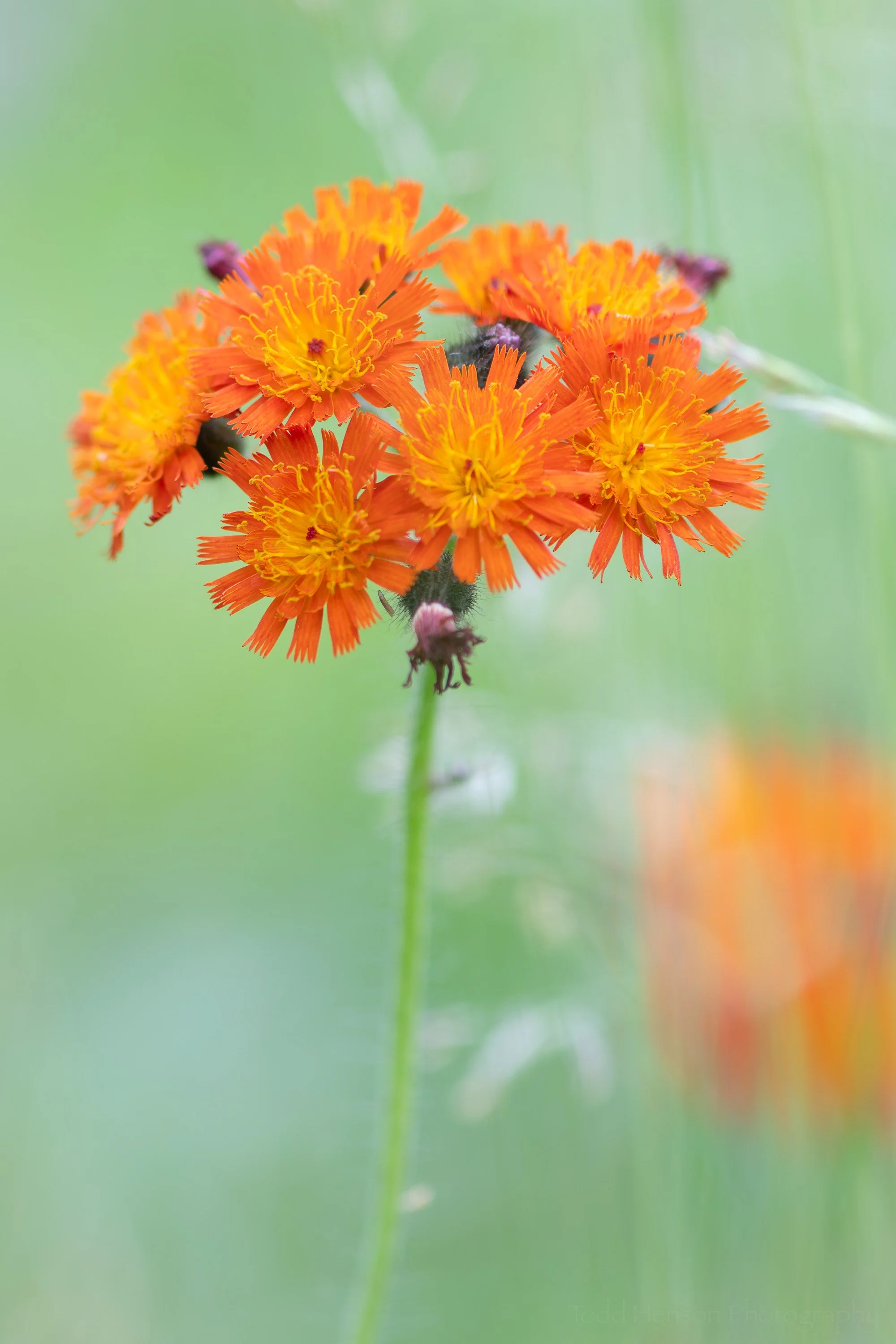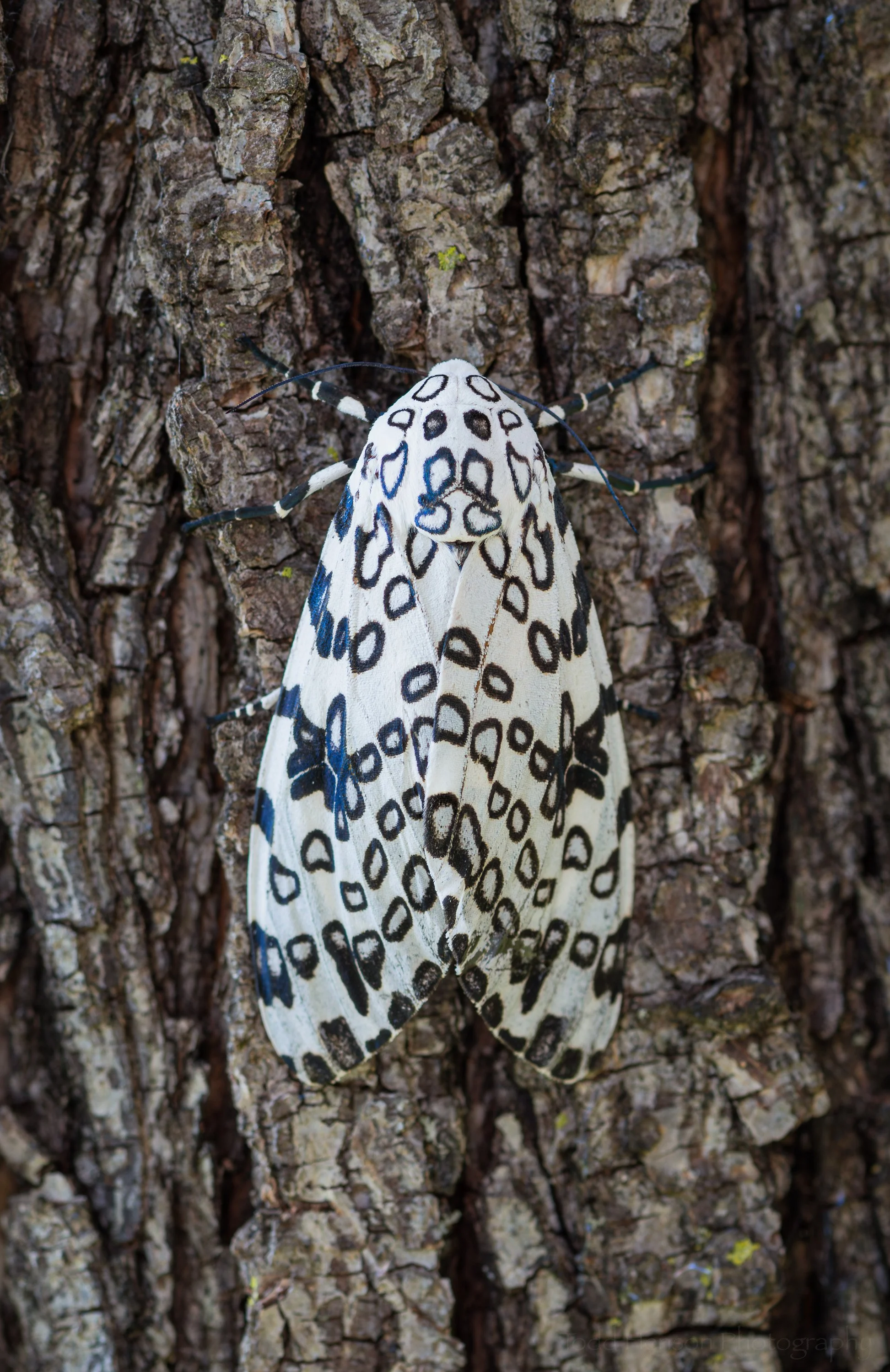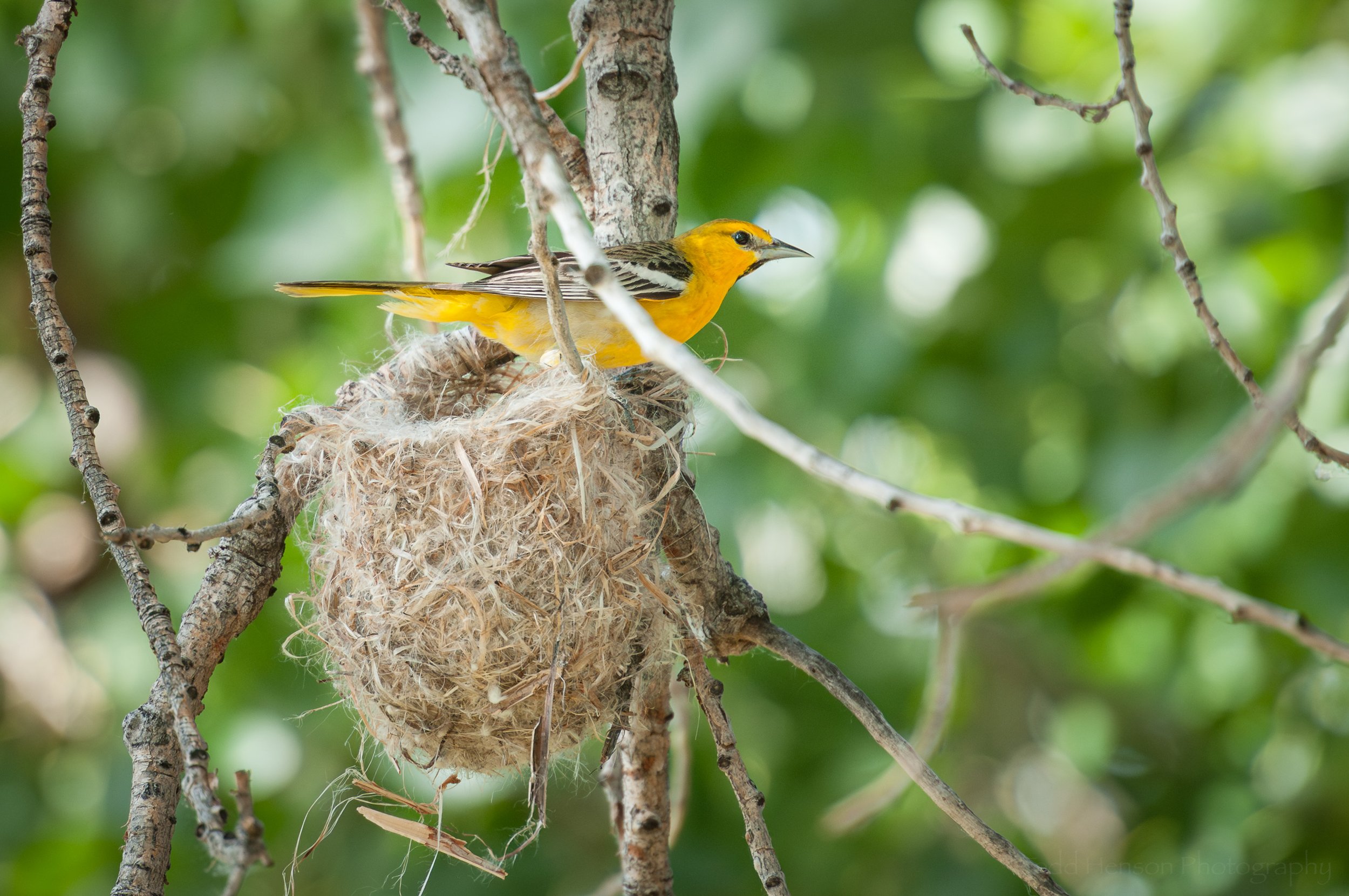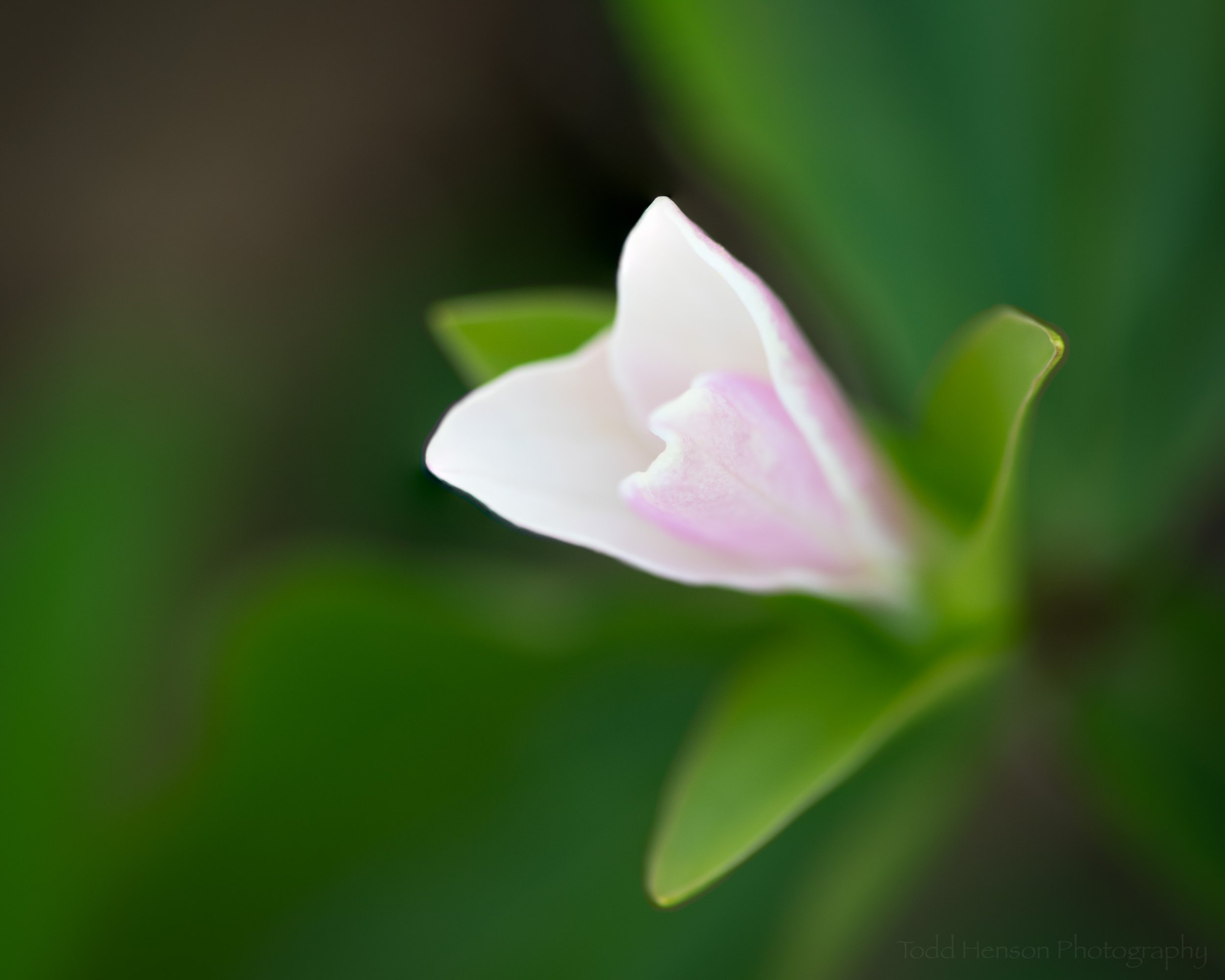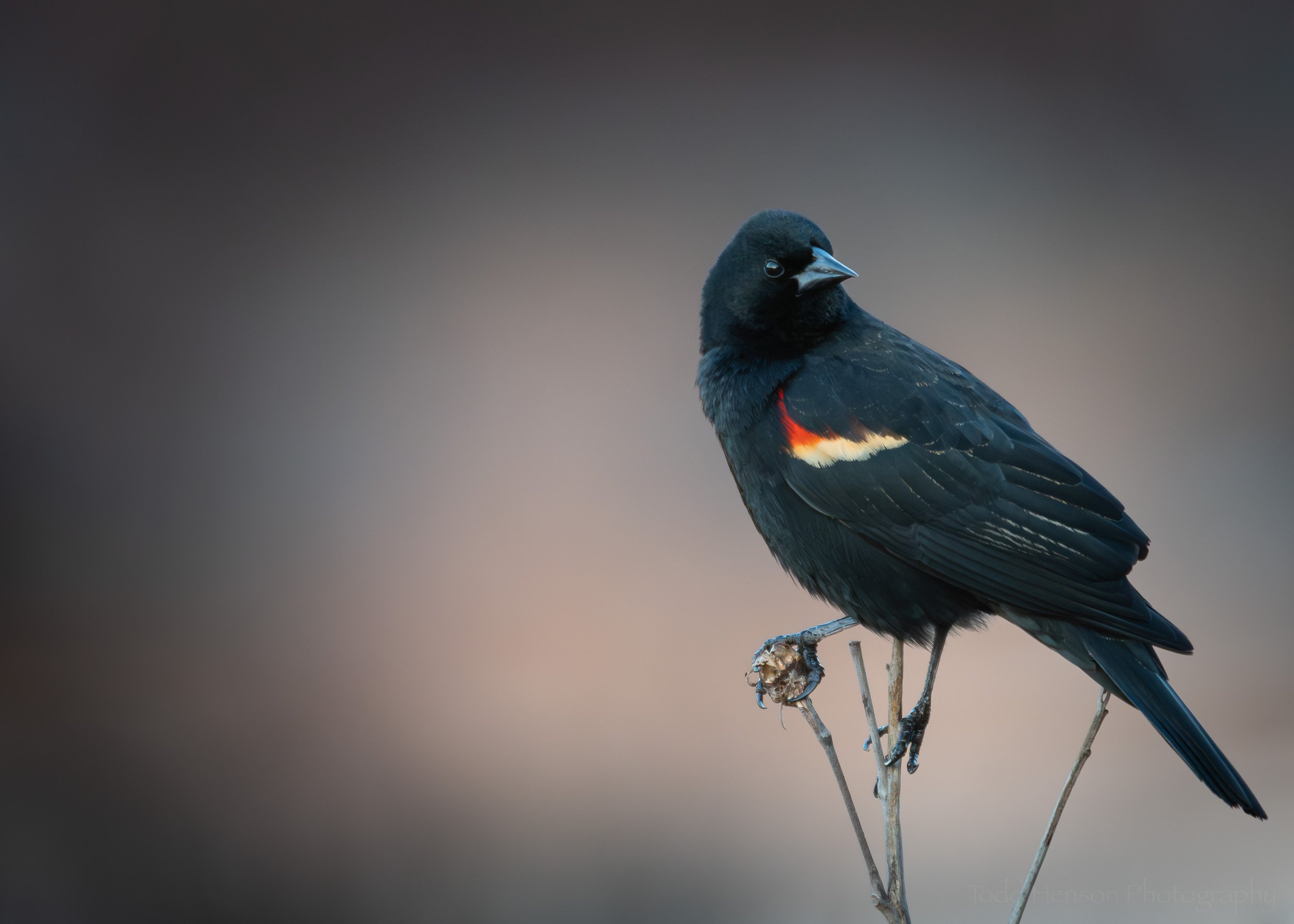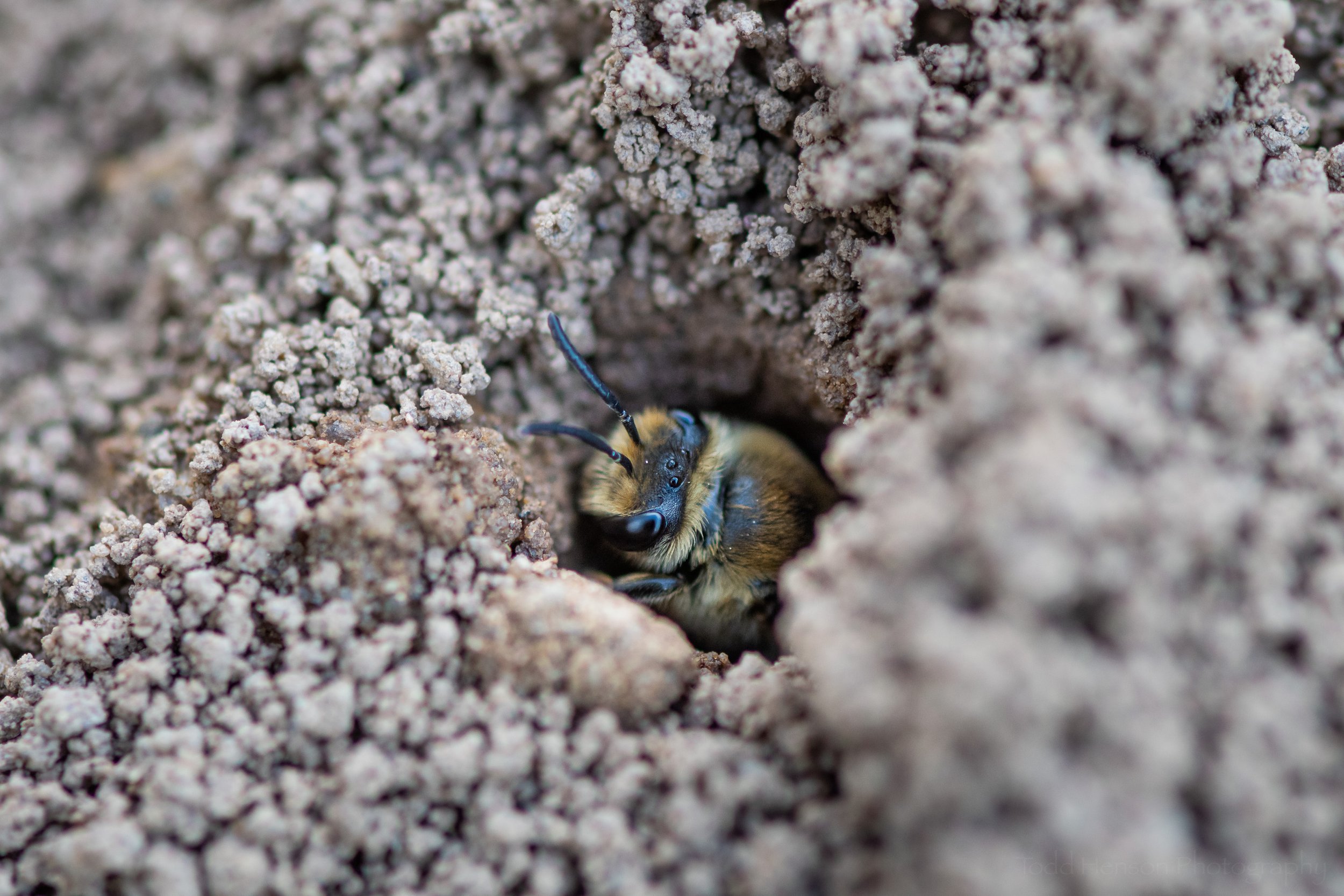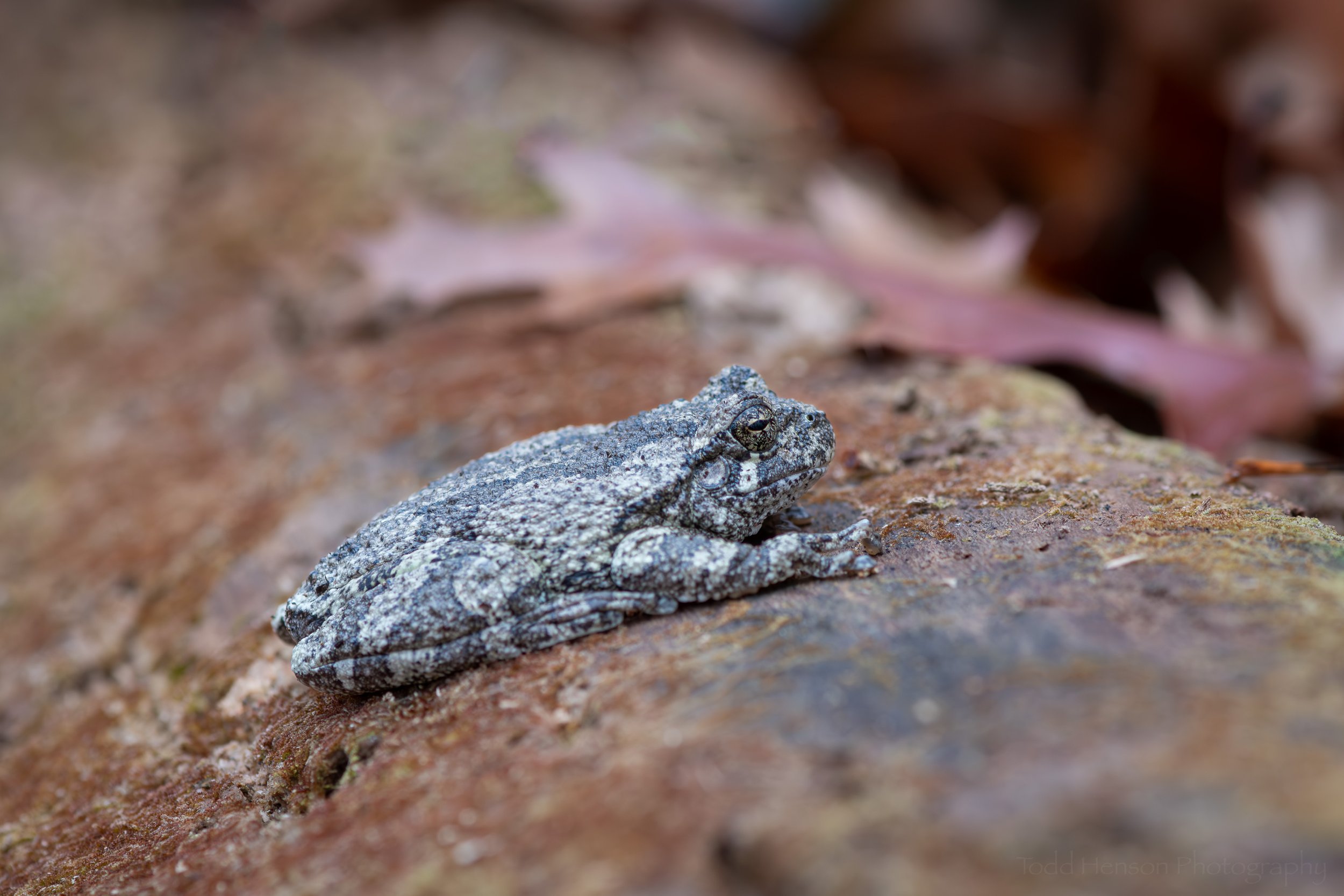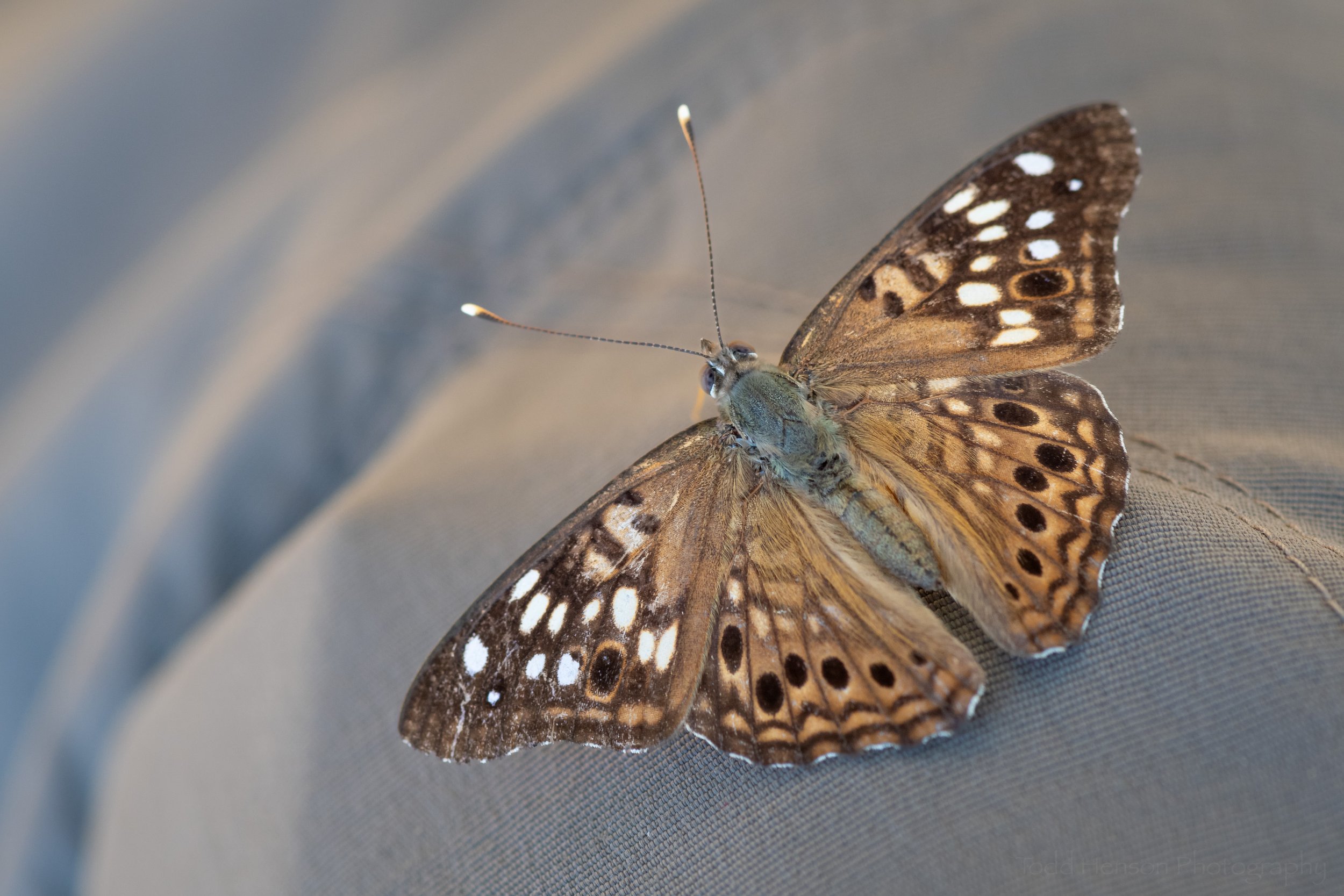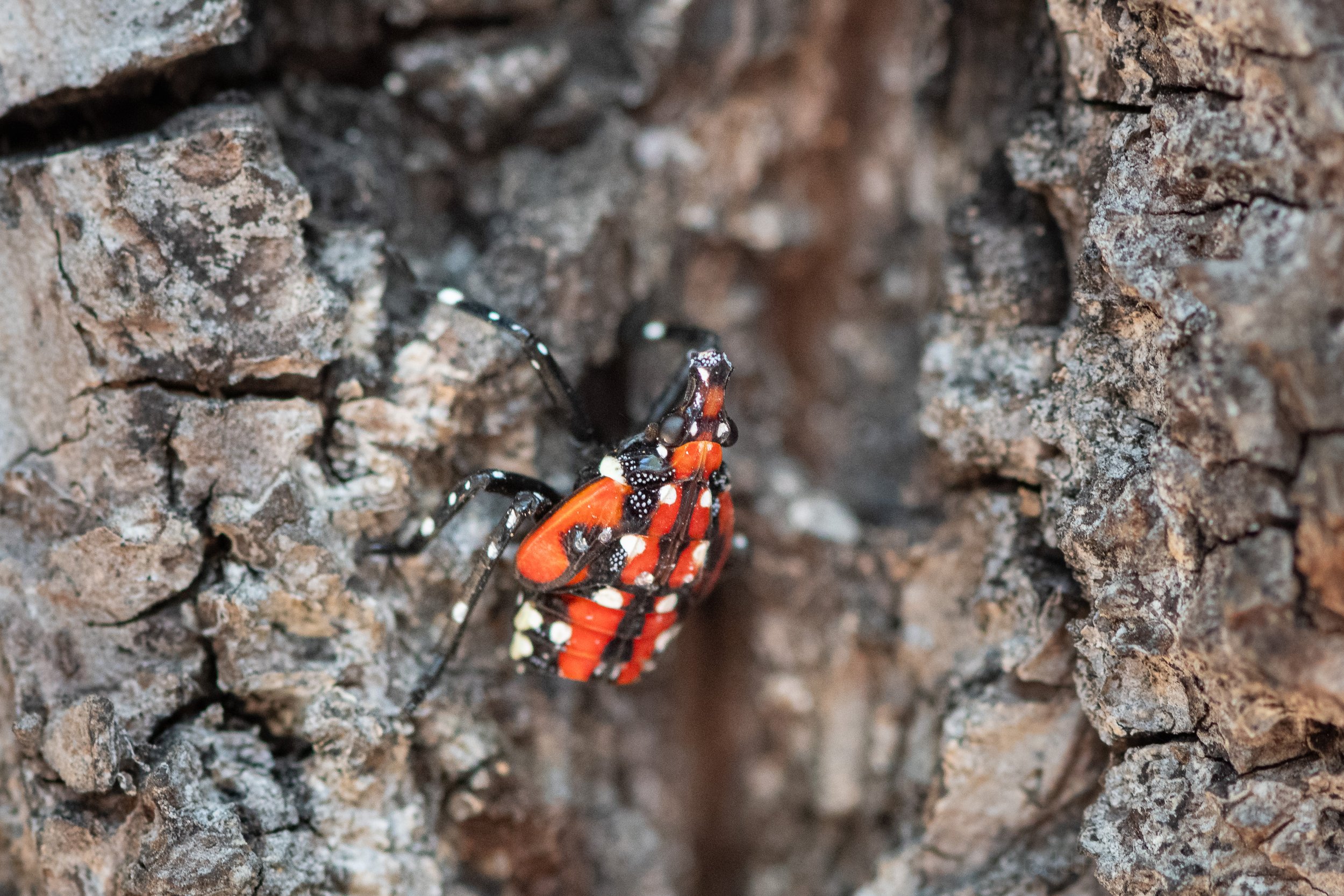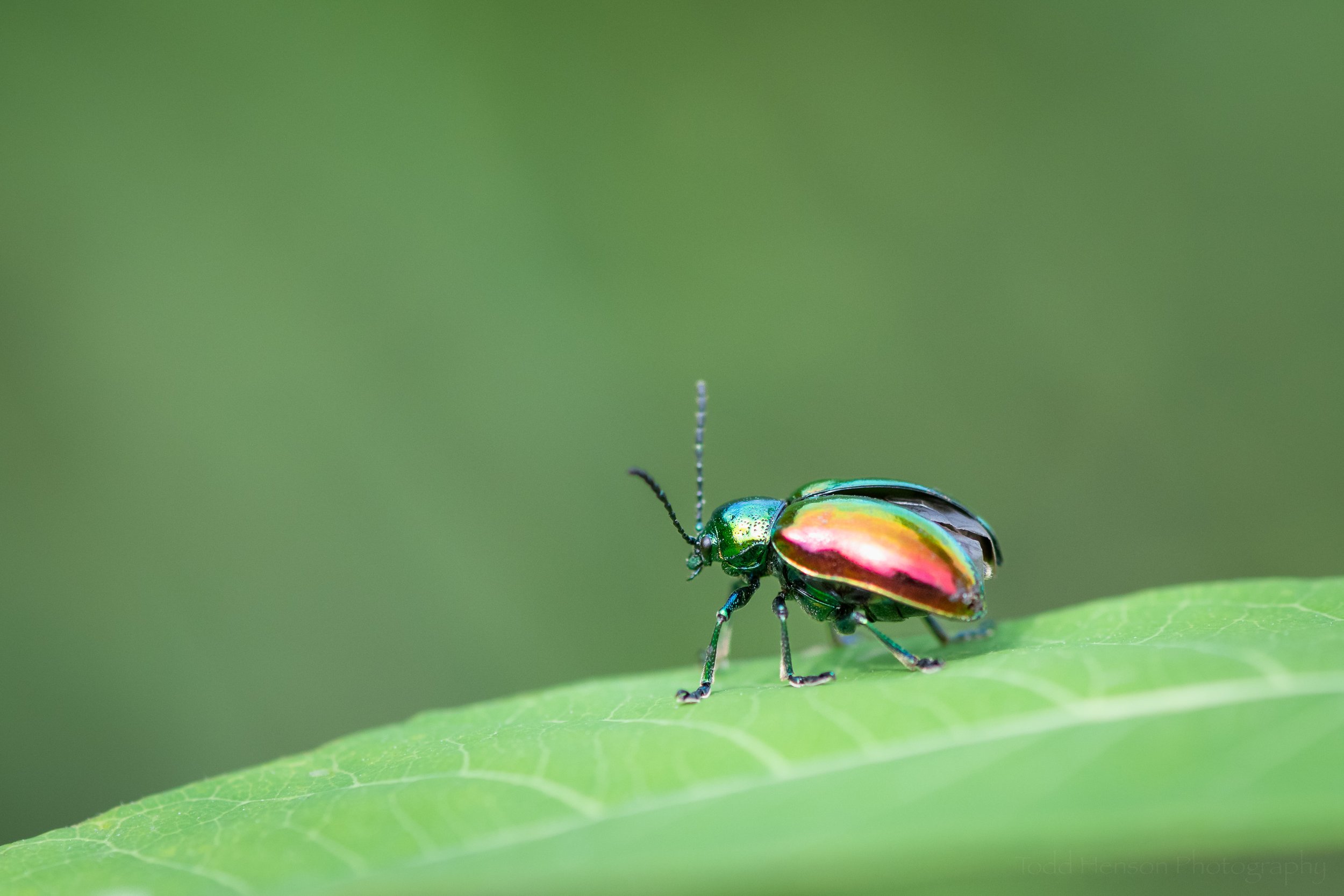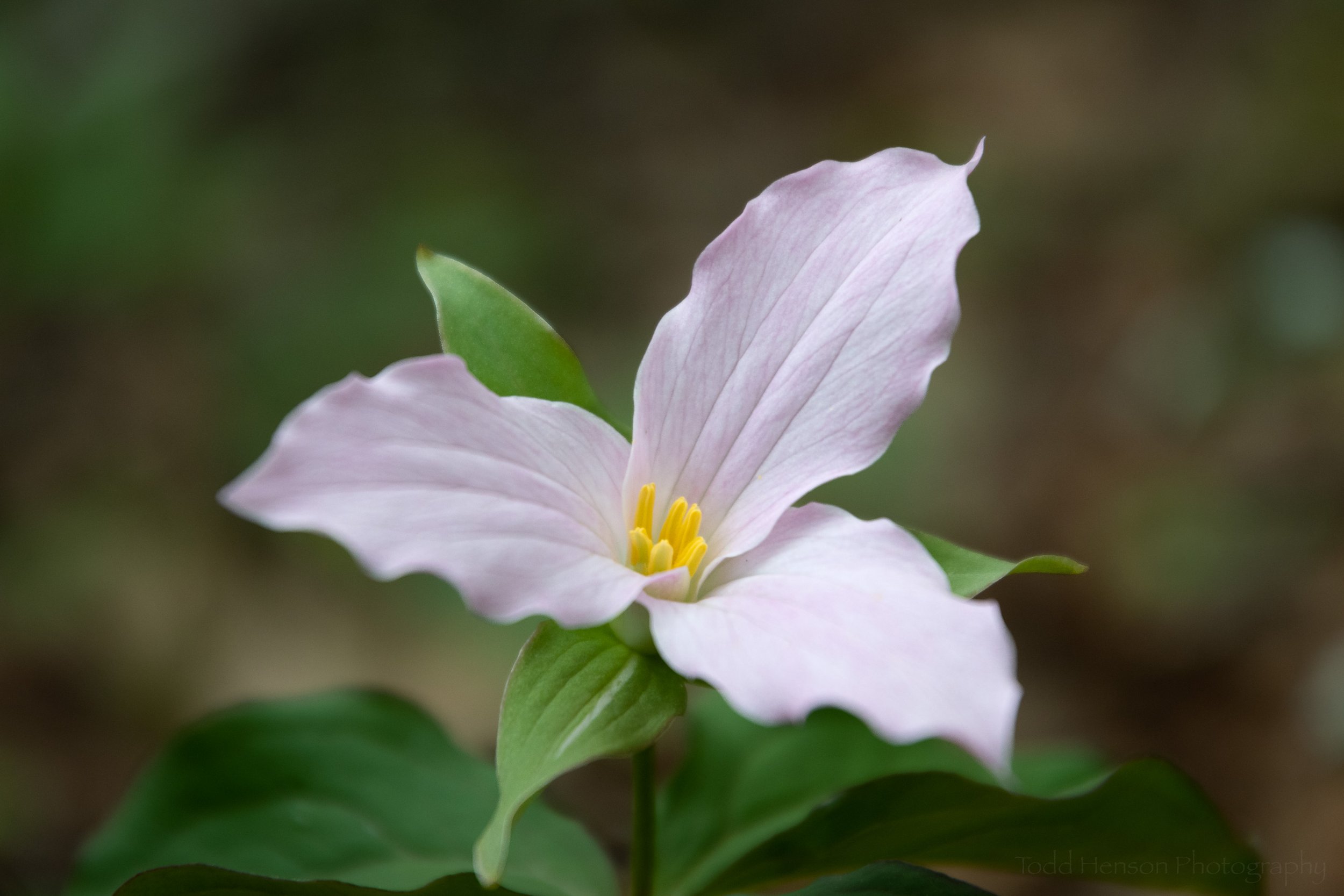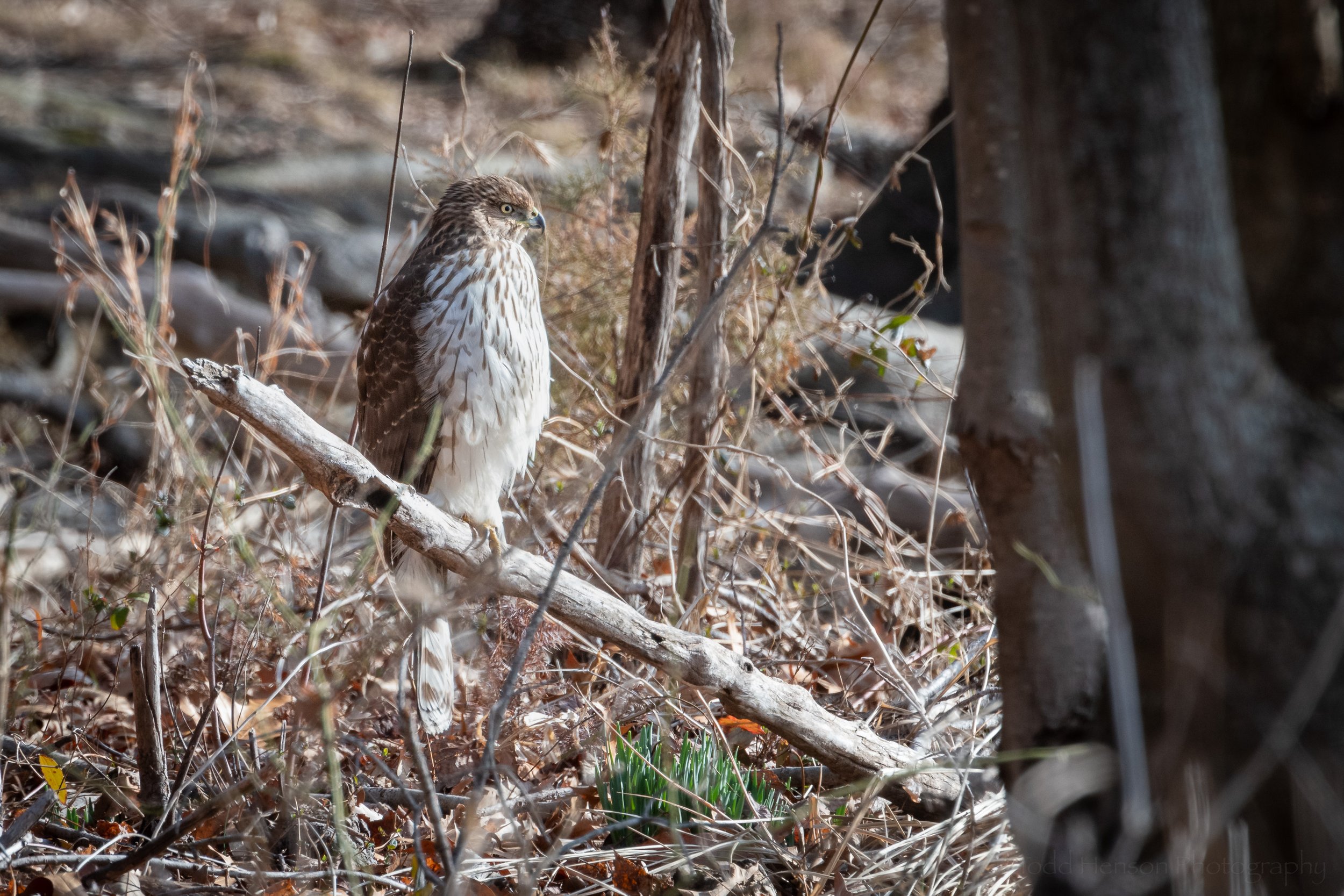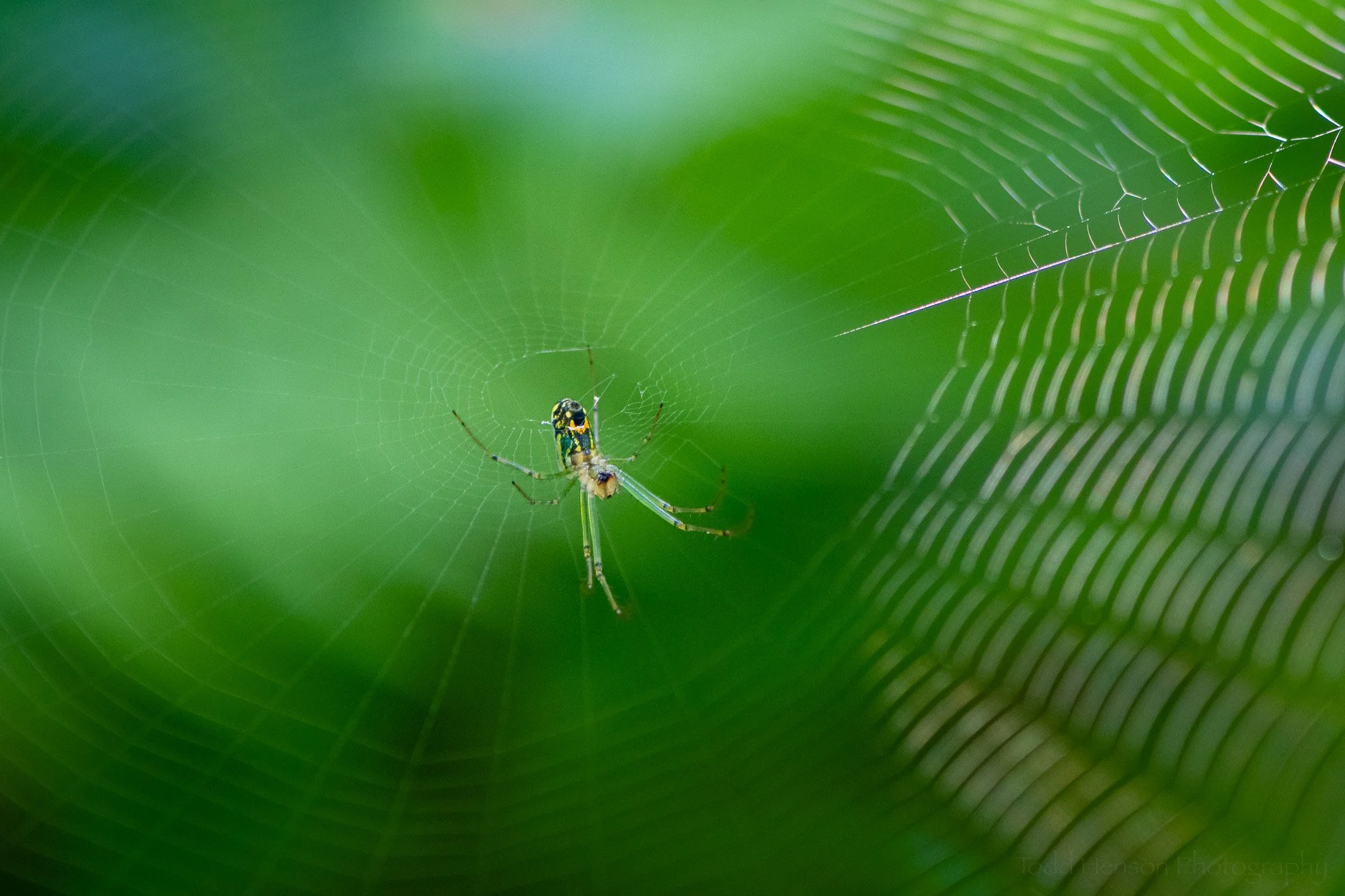A male Red-winged Blackbird displaying its red epaulettes.
This post contains affiliate links and I will be compensated if you make a purchase after clicking on my links. This is at no extra cost to you.
Some birds, mostly males, have ways of slightly changing their looks, whether to attract a mate or aggressively mark their territory. One such species is the Red-winged Blackbird, a fairly common blackbird with red badges, or epaulettes, on its shoulders. You can often find these birds in large numbers around wetlands areas where they feed and nest. Adult males of the species are easy to identify because they are all black with a red badge on each shoulder, and sometimes a strip of yellow below the red.
This young Red-winged Blackbird (notice it still has brown tips to its feathers) is hiding its red feathers.
Now the young Red-winged Blackbird displays more of its red feathers.
I’ve observed these birds for years, and I was under the impression that some have much larger and bolder red epaulettes than others. I thought perhaps it was related to age, or just genetics. I’d seen some birds with very little red, whereas others had large, bold red badges. But it never occurred to me they controlled how much red was visible, even though it’s obvious when looking back through these photos.
While foraging on the ground this male Red-winged Blackbird covers most of its red feathers.
While calling the male Red-winged Blackbird uncovers its epaulettes and puffs out the red feathers.
A male Red-winged Blackbird showing less of its red epaulet.
Here the male Red-winged Blackbird shows more of the red epaulet while also calling.
I’ve recently been reading a fantastic book about the coloration of birds, titled National Geographic Bird Coloration, by Geoffrey E. Hill. It was here I learned about what is referred to as coverable badges, how some birds are able to cover their strongly colored feathers. The example he used was of Red-winged Blackbirds, and he described how they have a set of black feathers above their red epaulettes, which are the bold red patches of feathers on their shoulders. They are able to cover the red with these overlapping black feathers.
Here we see the male Red-winged Blackbird pushing out its shoulders making the red badge even more visible.
The red epaulettes of Red-winged Blackbirds can be used to attract mates and mark their territory. Hill describes how a male displaying its red epaulettes within the territory of another male is a very aggressive action and one often met with conflict. So the males need to display their red to attract a mate, but may want to hide their red when flying through another males territory. I suspect another time they may hide their red is when gathering nesting material, as may be seen in the photograph below. If a male will be flying back to its nest, I would imagine the last thing it would want is to reveal the location to another male.
A male Red-winged Blackbird foraging for nesting material completely hides it red epaulettes. All that is visible is the yellowish line of feathers below the covered red ones.
In this post I show several examples of male Red-winged Blackbirds showing and hiding their red epaulettes. In some examples you can see they not only control how much of the red is showing, but can also actively puff out the red so it stands above the black feathers. Look closely and you can see they even sometimes push their shoulders out, bringing more attention to those bold, red badges of courage.
See how this young male Red-winged Blackbird puffs out the red feathers of its epaulettes? They extend well above its black feathers.
Here is another view of a male Red-winged Blackbird puffing out the red feathers of its epaulet.
And one final view of those bold, red badges of courage being displayed by this male Red-winged Blackbird.
To learn more about bird coloration check out the book, National Geographic Bird Coloration by Geoffrey Hill, who is an ornithologist and professor of biology. Though intended for a broad audience, this book contains a huge amount of detailed information sure to excite anyone interested in ornithology. It’s not a quick and easy read, nor a college text book, but instead manages to tread that line between the two. I am absolutely loving it!
Do you enjoy these posts?
Sign up to receive periodic emails with updates and thoughts. Don’t worry, I won’t spam you. And please consider purchasing artwork or products from my online store, and using my affiliate links in the sidebar to the right when shopping online.
I appreciate your support!

